Building Community by Reimagining Care with Brent Asplin, Co-founder and CEO of Gather Health
Some of our clients





























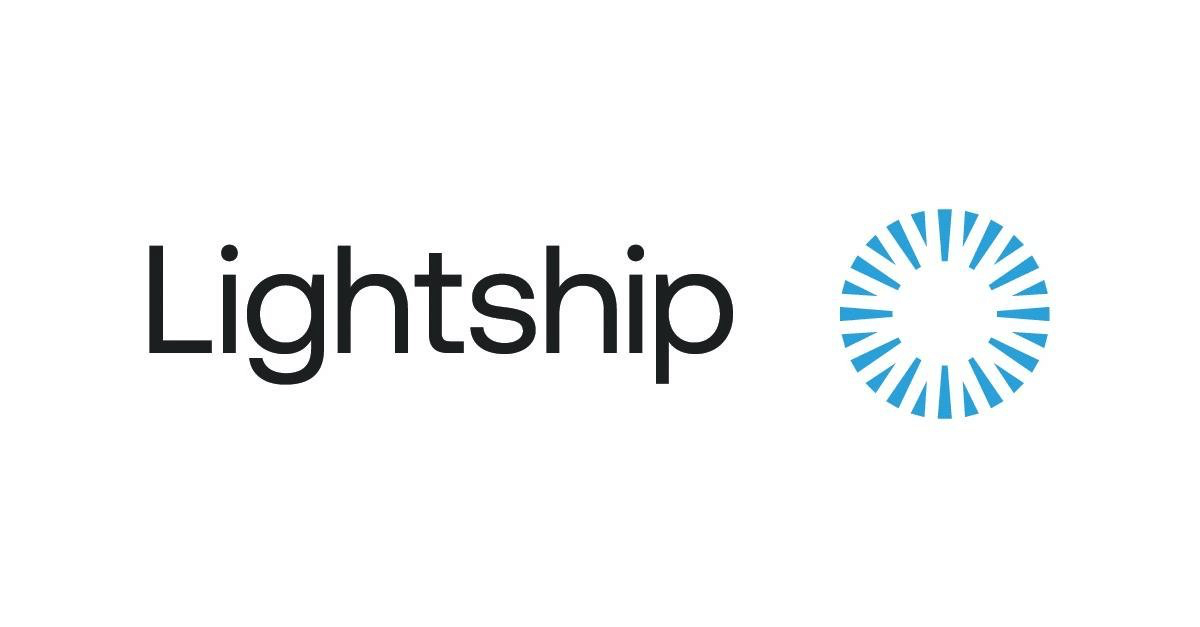












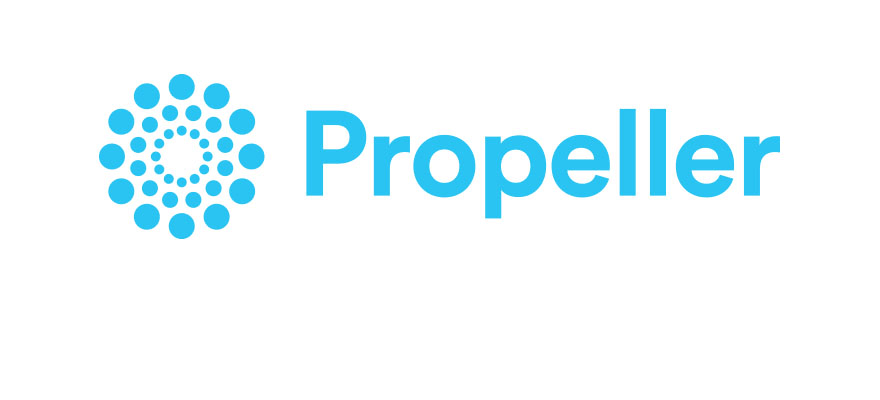
































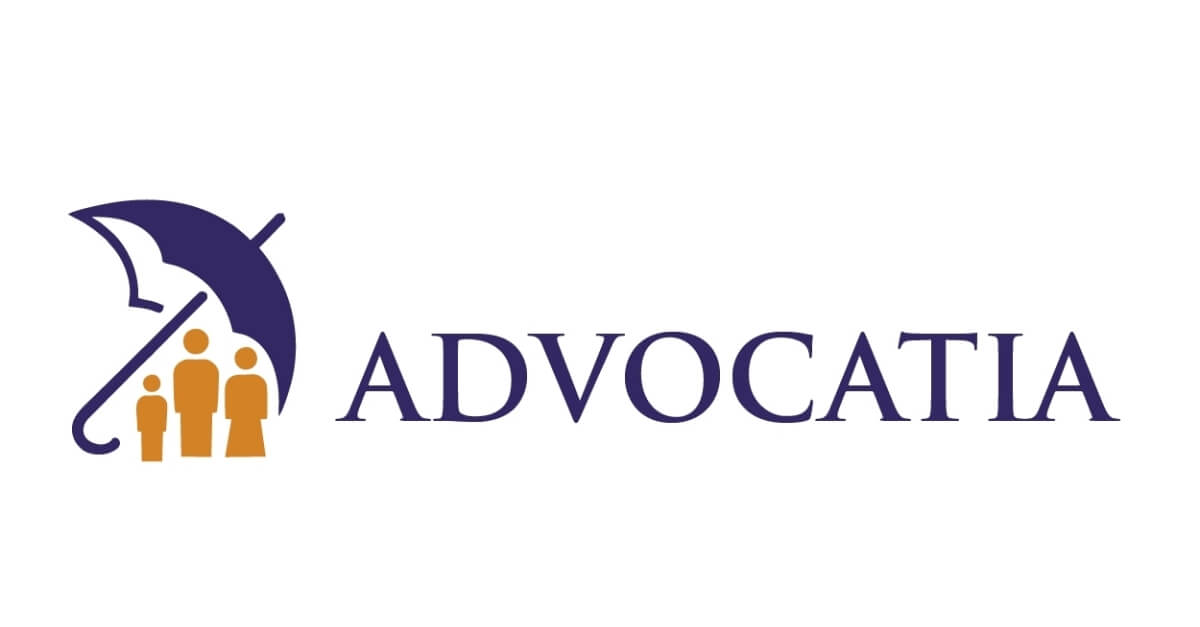
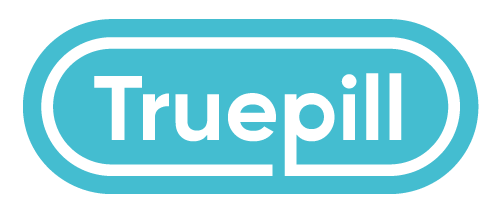






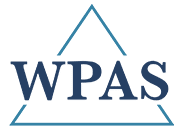












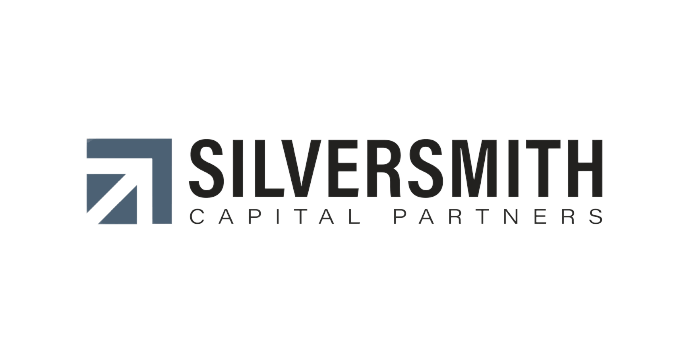


































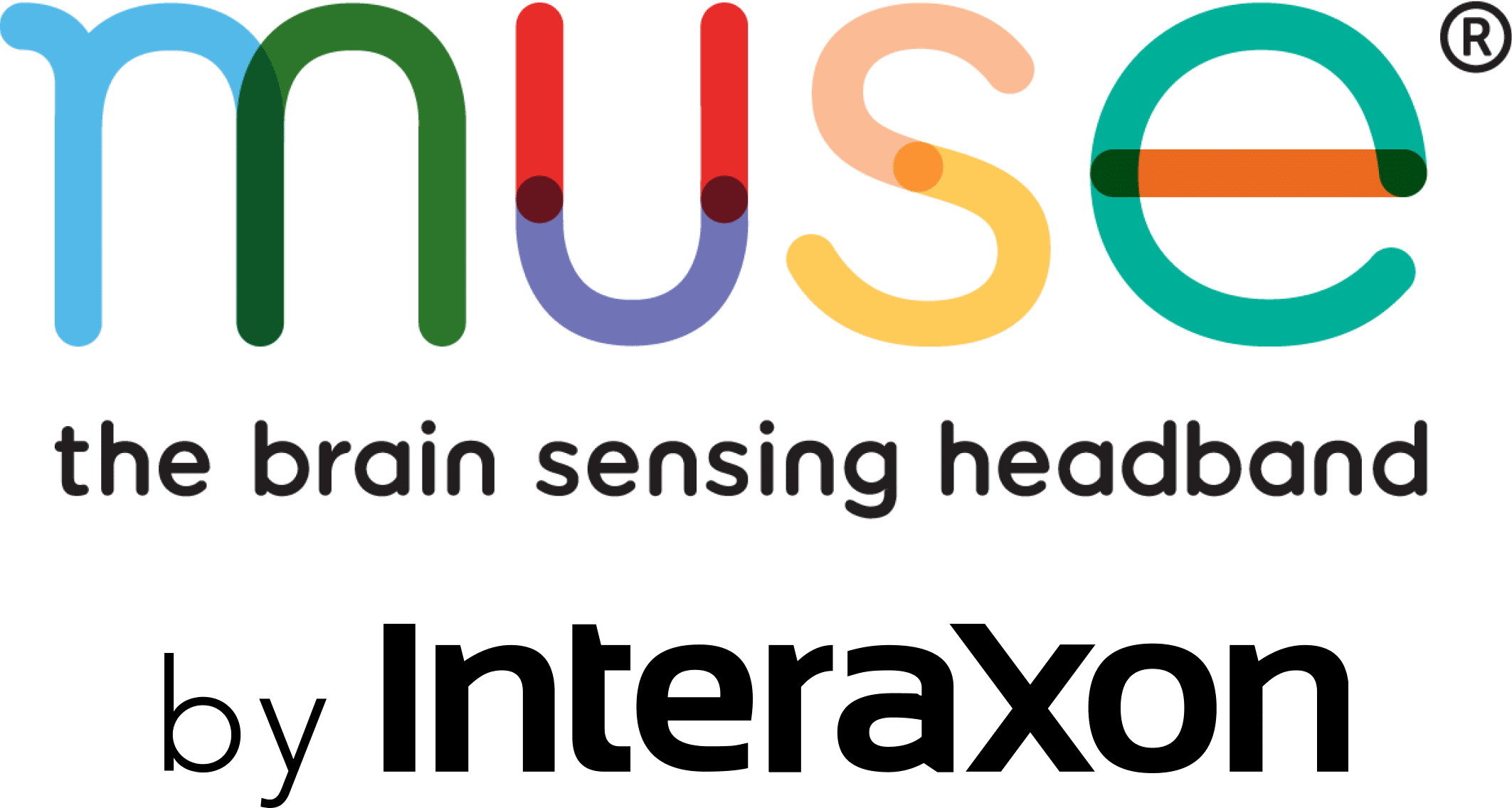






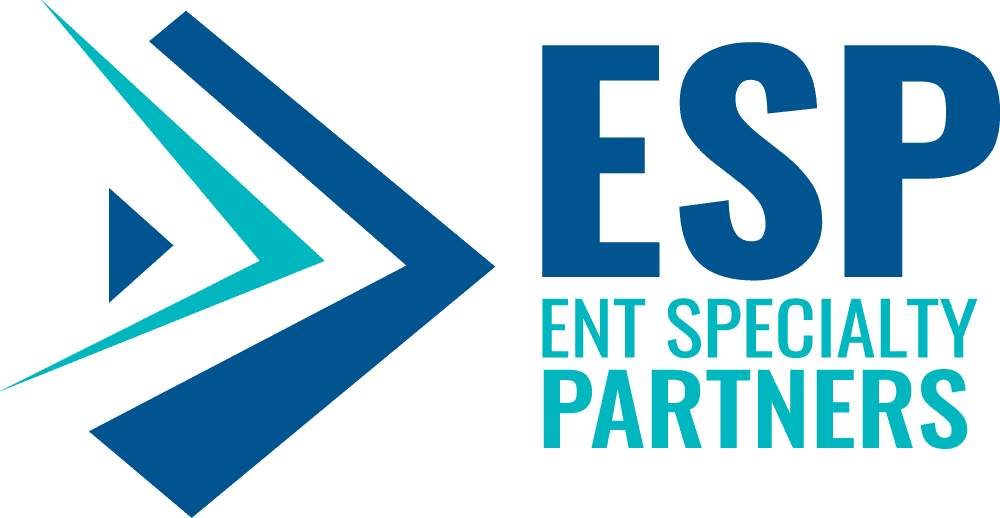















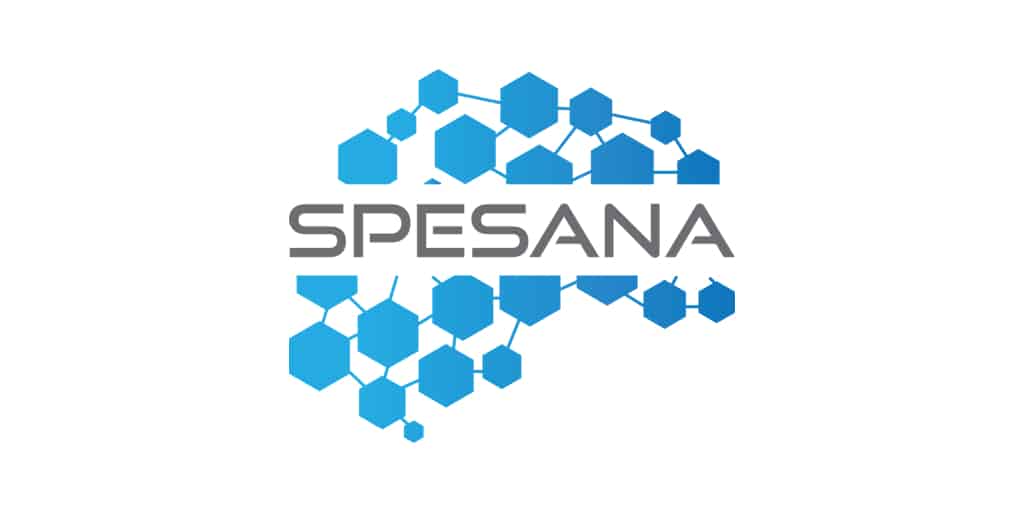






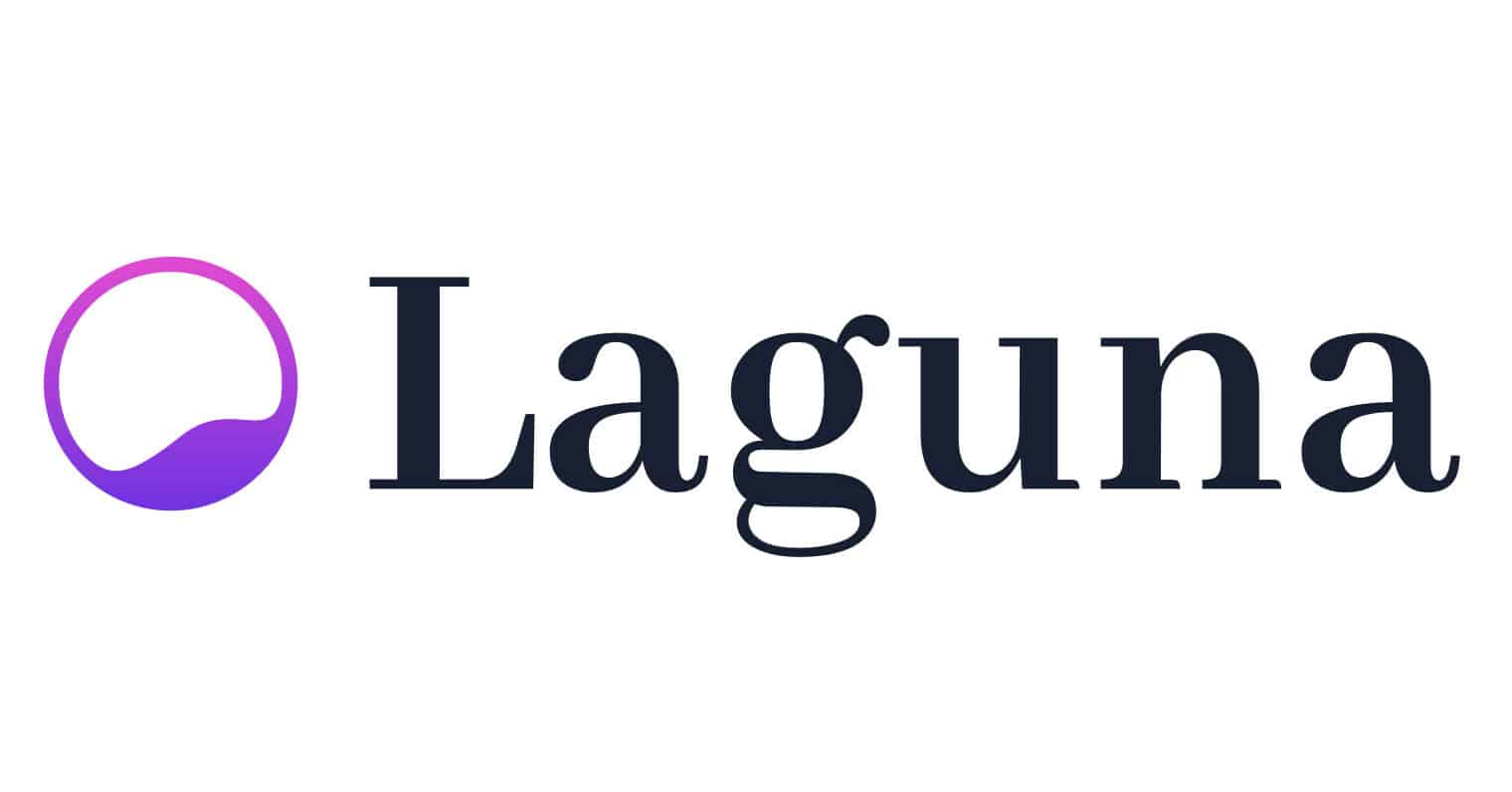











































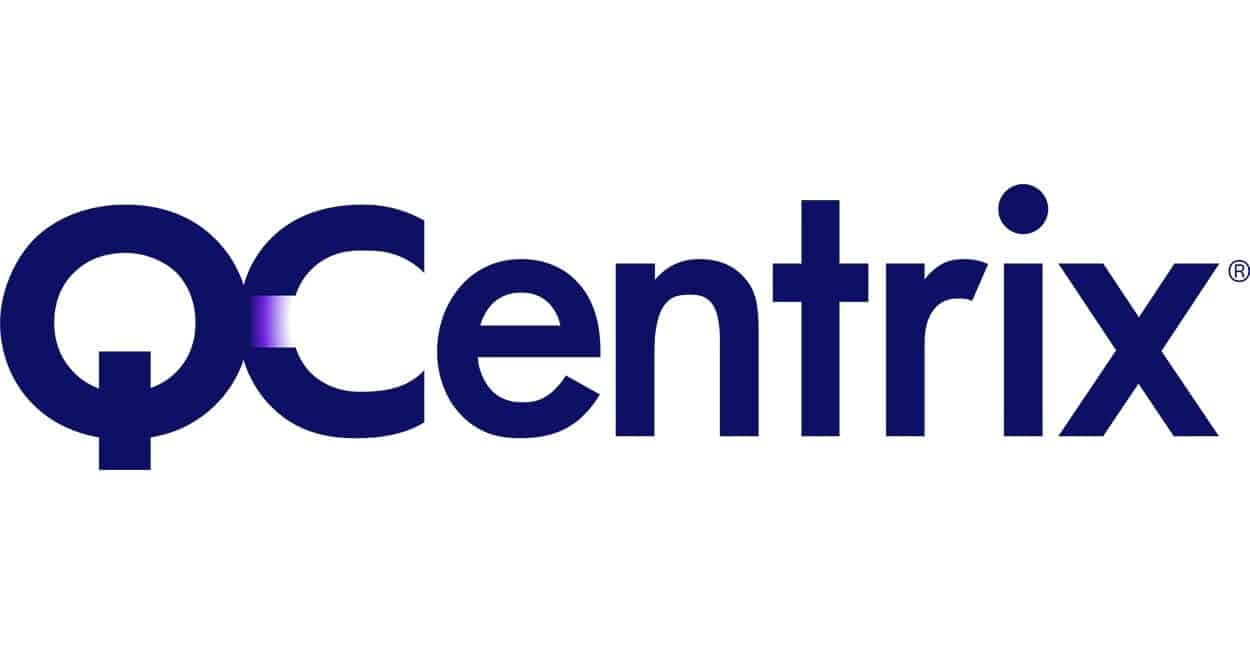



































By Matt Dumas, Managing Partner
To help better understand how investors think about human capital during the diligence phase of investing, we invited Matt Hermann from Ascension Health Ventures and Brad Sloan of Questa Capital for a Roundtable discussion earlier this month. Given their years of success in early and growth stage businesses, we heard several interesting themes that we wanted to share with our readers.
Now more than ever, entrepreneurs in the Healthcare Software and Services space know that these sectors remain hot, especially when it comes to attracting investors. For CEOs of Venture Capital and Growth Equity investor backed companies, their success in securing capital from institutional investors depends not just on innovative healthcare solutions and differentiated business models, but on the strength of their management team and company culture to be able to execute on these opportunities. After all, it’s the quality of their leadership and team dynamic that allows successful businesses to persevere through the inevitable zigs and zags, and ups and downs commonly associated with start-ups. To investors making decisions about their investments, is as much about “human capital” as it is about venture capital.
Demonstrated Leadership Is Key, But Doesn't Always Look the Same
Both Matt and Brad agreed that human capital is a key factor in successful companies. To help predict future performance, today’s investors actively seek ways of measuring success that go beyond the basics. One important theme discussed was distinguishing patterns of dysfunctionality versus patterns of success, both on an individual and team level. A history of serial success suggests a greater chance of positive future results. The ability of a CEO to bring strategic thinking and display strong leadership is crucial. “Servant leadership” is the term associated with a leadership style that is able to leverage the capabilities of the team during a highly ambiguous phase of a business, and creates the foundations for managing high rates of growth. According to Matt, “The right leader has the foresight and experience to identify things that someone who hasn’t been in that seat before can’t possibly see. So, if we see a deficiency in this area, in either a CEO or their team, the question becomes how do we surround them with that DNA so that they can identify these things and act like one of those serially successful entrepreneurs.”
New Approaches During COVID
Because of the limitations necessitated by COVID, investors are taking a different approach to evaluating people and culture than they have before the pandemic, when they were able to spend a lot of time together face-to-face. Brad highlighted that although it’s not always possible, investors like him prefer to have a history with businesses they are investing in, sometimes spanning several years, which affords them the ability to observe and get to know the team and their operational style. During COVID, the in-person interaction ceased so they had to become more creative in final assessments of management teams prior to investing. In addition to conducting extensive interviews via videoconference, Questa’s more traditional approach included “making dozens of reference calls, conducting extensive background checks, and asking probing questions of lots of customers who have interacted with all facets of the business and more than just the CEO.”
Psychometric Testing Playing A Bigger Role
Historically psychometric testing would be used to evaluate and benchmark only the senior people in the company. But investors adapted when COVID restrictions limited in-person meetings, by expanding their use of psychometric testing to the entire Senior Leadership Team, utilizing team effectiveness survey data, and spending more time with department heads on video conferencing platforms. It will be several years before we will be able to say that this new COVID based approach will perform as well as traditional best practices for diligence, but both Matt and Brad believe that post-COVID, investors will likely combine both pre and post COVID approaches, using expanded psychometrics together with more traditional methods. The resulting data and psychometric predictability of surveys should help provide more quantitative insights beyond the traditional qualitative perspective gleaned through references and other outside sources.
Using Human Capital Diligence Insights Post Investment
The focus on human capital doesn’t stop after the investment. In fact, the initial influx of cash should formalize an already well-developed relationship and plan around talent management. While every CEO and Board is unique, Matt and Brad both believe the data they learn from the diligence process serves as a guide for the Board to interact and partner in an effective way in building out the C-Suite. The data enables the Board to address any deficiencies or differences in management style, but also increases the probability of success for the company, Board, and investors to achieve the collective strategic plan. Moreover, the data lays the foundation for helping everyone see what “good to great” can be as a company scales.
















































































































































































































































